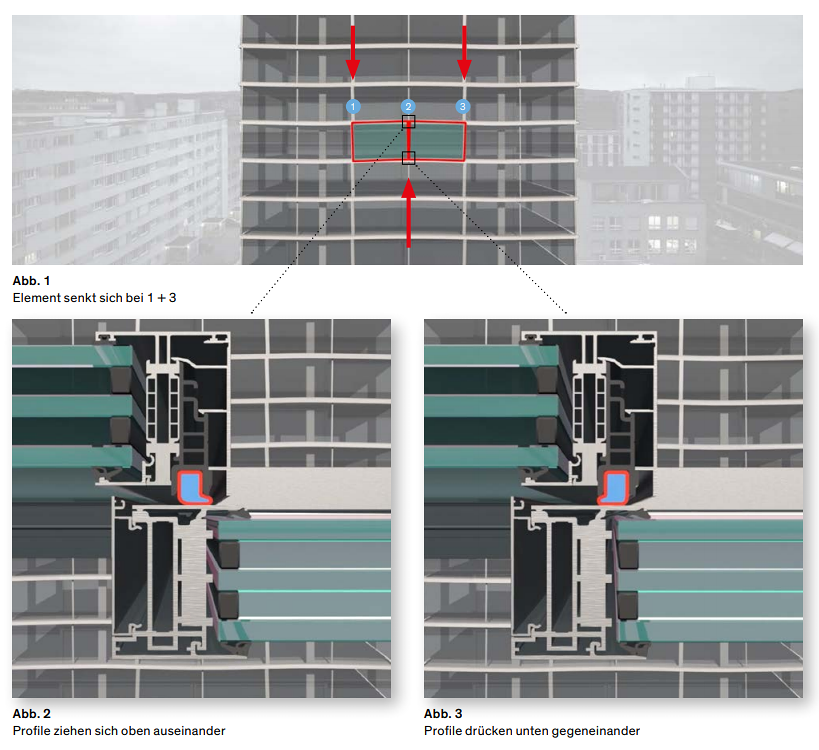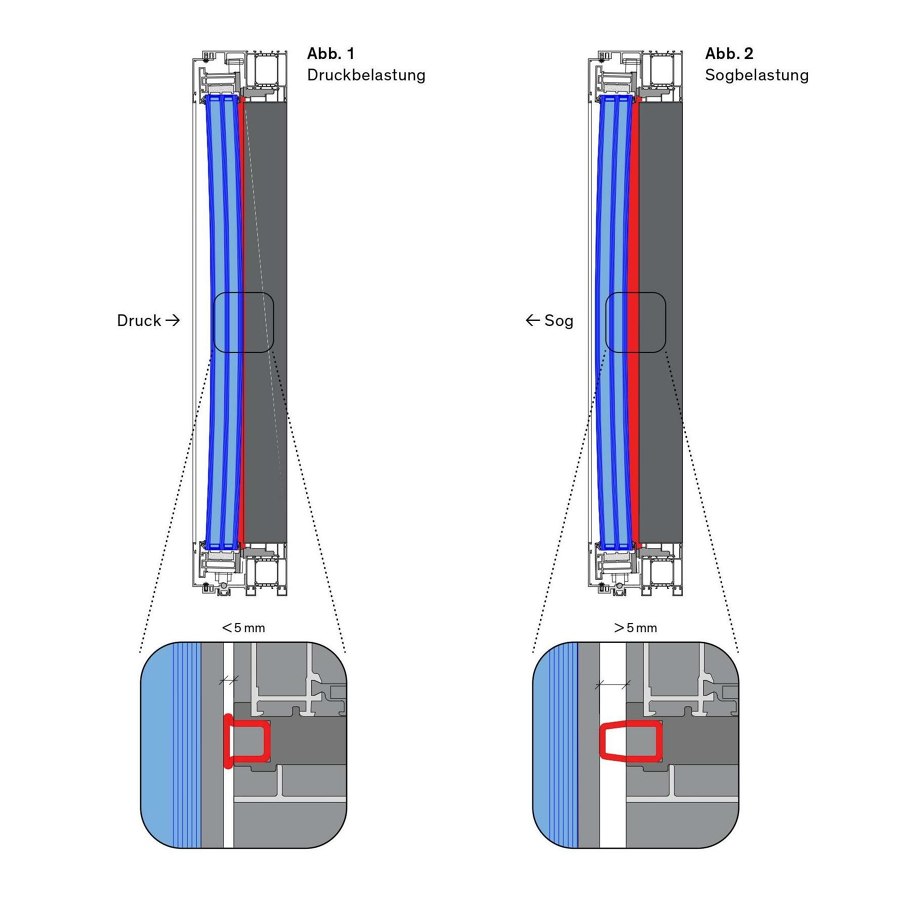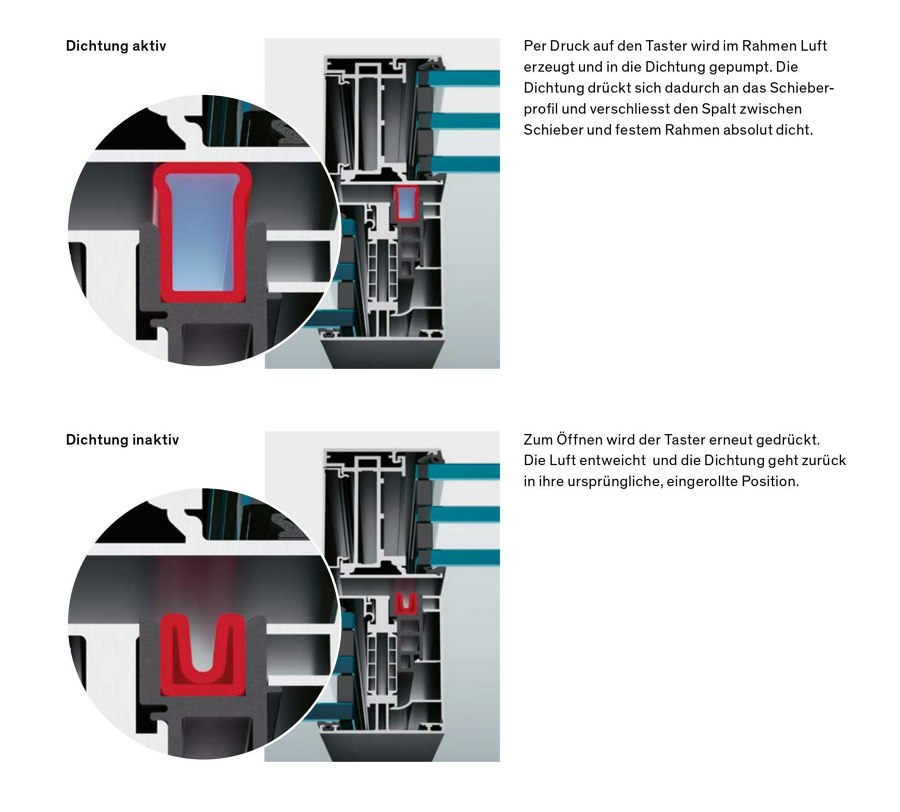The first ever sliding window system for skyscrapers by Swiss company Air-Lux has already proven itself under stringent US testing conditions. Just why it is the first to be suitable for high-rise buildings, with their enormous wind loads, is explained here.
The St. Regis Residences – a striking new high-rise building in Boston Harbour by Elkus Manfredi Architects – is glazed with Air-Lux sliding windows

The St. Regis Residences – a striking new high-rise building in Boston Harbour by Elkus Manfredi Architects – is glazed with Air-Lux sliding windows
×Up until now, high-rise building experts have broadly held the opinion that sliding windows are not suitable for high-rise buildings due to high demands with regard to air- and water tightness as well as their limited ability for accommodating building movement. Conventional sliding-door sealing systems have proved unsuitable for this type of application, having not infrequently led to air- and water tightness problems in the past. In most cases, the installed systems failed in practice because building movement, subsidence and tolerances were not properly taken into account.
In terms of air- and water tightness requirements for high-rise buildings, the United States is considered the country with the strictest requirements and the toughest standards and tests. To ensure that Air-Lux sliding windows meet the high requirements demanded of the US market, high-level air- and water tightness tests, as well as life cycle and earthquake tests, were carried out. In the latter, window elements are warped diagonally upwards and downwards, and tightness must be guaranteed at all times.
This minimalist high-rise building in Zug, Switzerland, is equipped with an absolutely tight sliding window system from Air-Lux – up to now, the only one to offer sliding windows for skyscrapers
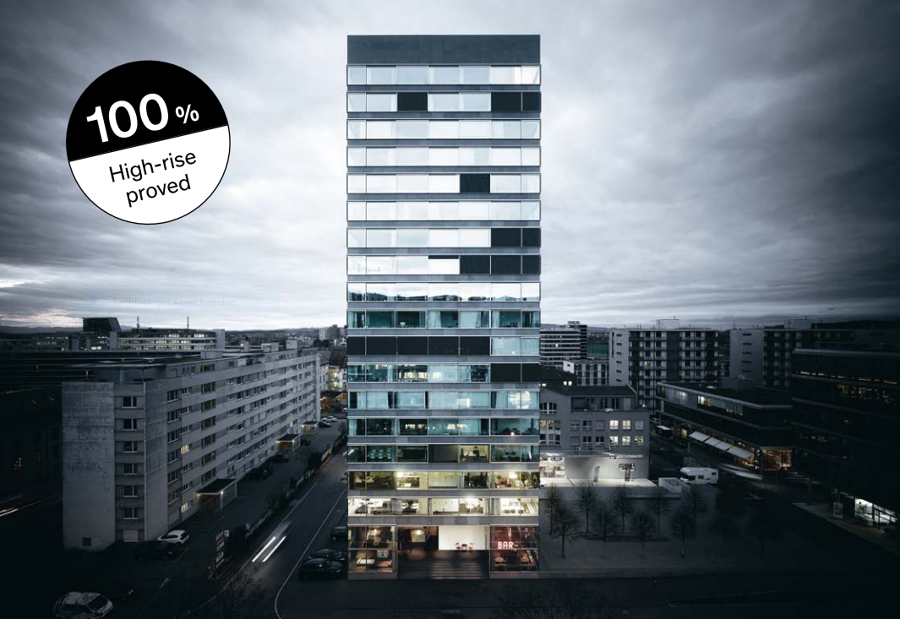
This minimalist high-rise building in Zug, Switzerland, is equipped with an absolutely tight sliding window system from Air-Lux – up to now, the only one to offer sliding windows for skyscrapers
×Air-Lux passed all these tests with some ease, including exceeding the 12 psf requirement demanded for driving rain conditions – remaining watertight up to 20 psf.
This makes it the first sliding window system in the world to pass these air- and water tightness tests and earthquake tests. In passing such tests, the Swiss company disproves the opinion that sliding windows are not suitable for high-rise buildings and can also thus reasonably claim to offer ‘the best sliding window systems for high-rise buildings’.
Sliding windows from Air-Lux being tested in the US for air- and water tightness. In addition, they are subjected to both life cycle and earthquake tests
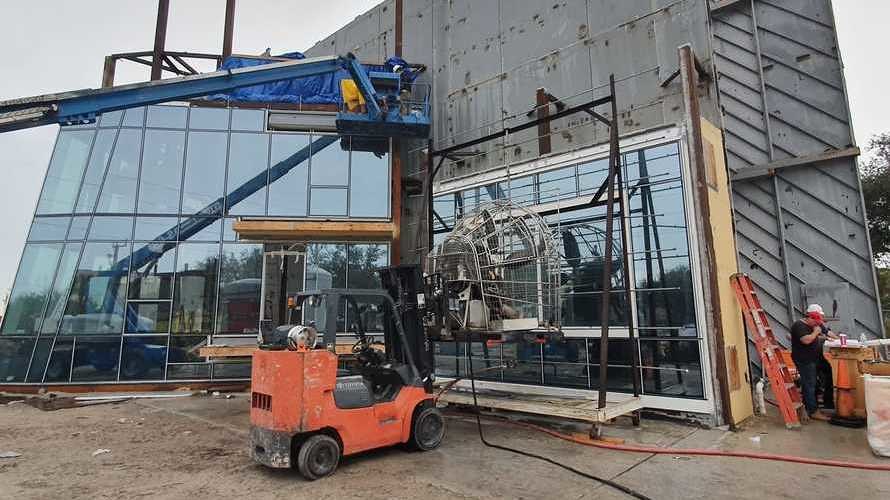
Sliding windows from Air-Lux being tested in the US for air- and water tightness. In addition, they are subjected to both life cycle and earthquake tests
×But why exactly is Air-Lux the right choice for high-rise structures? Up to now, sliding sashes have only very rarely been used in this context because the tightness of sliding sashes has – due to the lack of contact pressure of the seal – always been considered problematic. Regardless of whether lift-slide, parallel-slide or brush sealing systems are being utilised, the tightness of these systems has always been seen as questionable.
The patented air seal used by Air-Lux is the first system to break new ground here. The result is 100 per cent tightness over its entire life cycle, without any compromise.
In addition, the facade of a high-rise building is exposed to enormous wind loads. Pressure and suction forces can quickly exceed one tonne per sliding element and in more-exposed locations, over four tonnes are even possible! The profiles of a 2.5-metre-high slider may bend more than 16mm. With conventional sealing systems, such deformations have a detrimental effect on tightness.
The air seal with membrane function for constant contact pressure
The Air-Lux air seal is different: thanks to its membrane-like character, the air seal adapts to movement, so the sliding element always remains 100 per cent tight. And because the constant contact pressure eliminates any play between the slider and the fixed element, impact noise from the profiles in strong winds does not become an issue.
Additionally, the system is robust when it comes to low levels of subsidence. Minor subsidence or movement occurs in every building. In high-rise buildings, local supports, combined with a centralised, load-bearing core, take over the load-bearing and stabilising function.
With open span floors and ceilings between the supports, significant movements often occur. These have a negative effect on the function of the facade – and especially on openable elements. Accordingly, two important questions arise when choosing the right windows: How much movement of the building structure can be expected and how much movement can the windows absorb without loss of tightness?
The patented Air-Lux system remains leak-proof – even in the event of lintel and base sagging
In any case, one thing is clear: the patented Air-Lux sealing system remains 100 per cent leak-proof even in cases of lintel sagging up to 40mm or base sagging up to 20mm.
© Architonic



